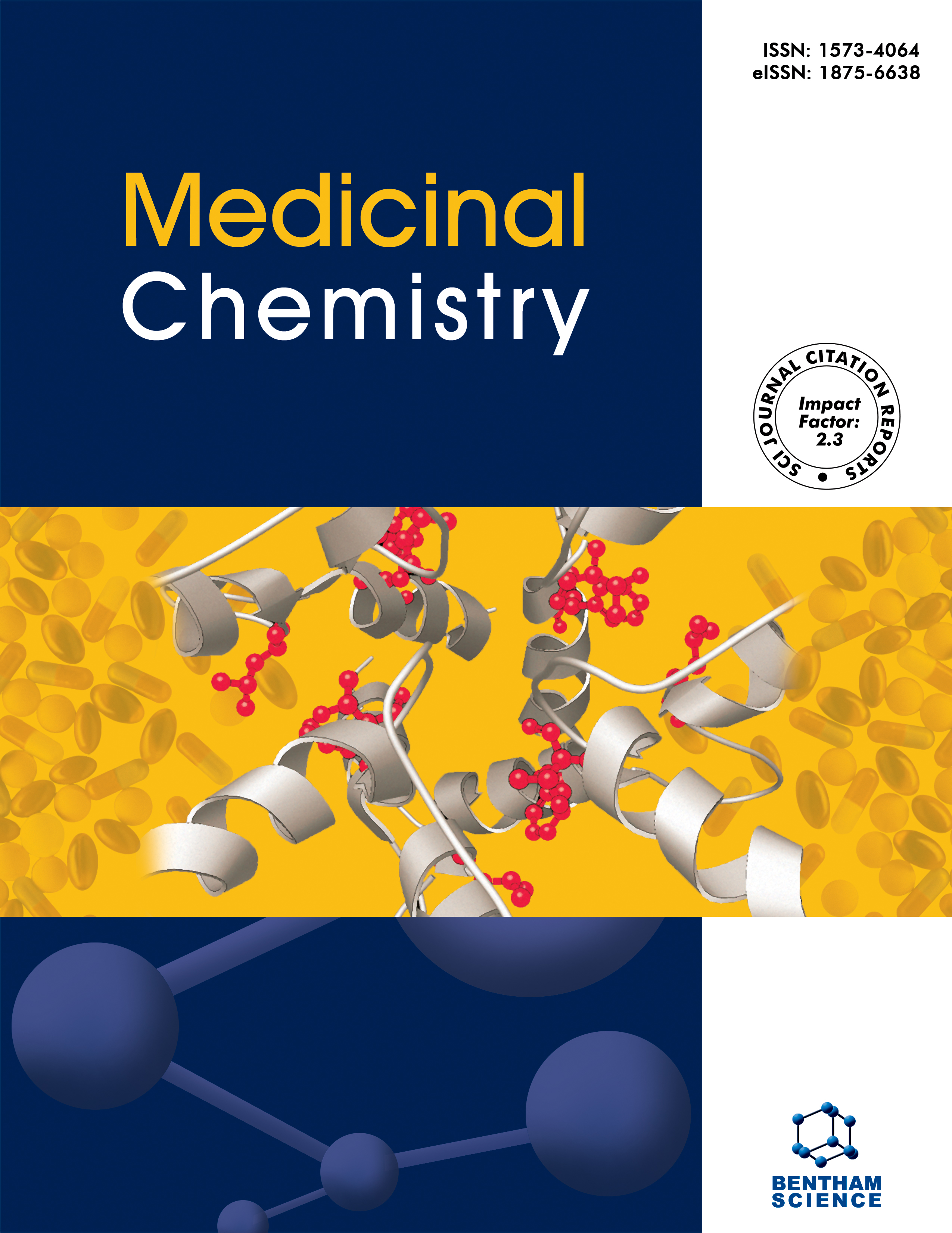
Full text loading...
We use cookies to track usage and preferences.I Understand
Furoxan and benzofuroxan are compounds containing an N-oxide function, known for their diverse pharmacological properties, including antimicrobial and anti-inflammatory effects. This study aimed to investigate these activities using an in-house library of N-oxide compounds.
Twenty compounds were tested against both Gram-positive and Gram-negative bacteria, including Cutibacterium acnes (C. acnes), a microorganism implicated in the development of acne vulgaris. One compound, (E)-4-(3-((2-(3-hydroxybenzoyl)hydrazone)methyl)phenoxy)-3-(phenylsulfonyl)-1,2,5-oxadiazol-2-N-oxide (compound 15), exhibited selective antimicrobial activity against C. acnes, with a Minimum Inhibitory Concentration (MIC) value of 2 µg/mL. Indirect measurement of Nitric Oxide (NO) release showed that compound 15 and isosorbide dinitrate, when treated with L-cysteine, produced nitrite levels of 20.1% and 9.95%, respectively. Using a NO scavenger (PTIO) in combination with compound 15 in a culture of C. acnes resulted in reduced antimicrobial activity, indicating that NO release is part of its mechanism of action. Cytotoxicity assessments using murine macrophages showed cellular viability above 70% at concentrations up to 0.78 μg/mL.
Measurements of Interleukin-1 beta (IL1-β) and Tumor Necrosis Factor-alpha (TNF-α) indicated that compound 15 did not reduce the levels of these pro-inflammatory cytokines. Sustained NO production by inducible Nitric Oxide Synthase (iNOS) in macrophages or neutrophils has been found to be involved in the inflammatory process in acne vulgaris and lead to toxicity in surrounding tissues. Nitrite levels in the supernatant of murine macrophages were found to be decreased at a concentration of 0.78 μg/mL of compound 15, indicating an anti-inflammatory effect. In vivo studies were conducted using Balb/c nude mice inoculated subcutaneously with C. acnes. Cream and gel formulations of compound 15 were applied to treat the animals, along with commercially available anti-acne drugs, for 14 days. Animals treated with a cream base containing 5% of compound 15 exhibited less acanthosis with mild inflammatory infiltration compared to other groups, highlighting its anti-inflammatory properties.
Similar results were observed in the benzoyl peroxide group, demonstrating that compound 15 presented comparable anti-inflammatory activity to the FDA-approved drug. These promising results suggest that compound 15 has a dual mechanism of action, with selective antimicrobial activity against C. acnes and notable anti-inflammatory properties, making it a potential prototype for developing new treatments for acne vulgaris.

Article metrics loading...

Full text loading...
References


Data & Media loading...
Supplements

